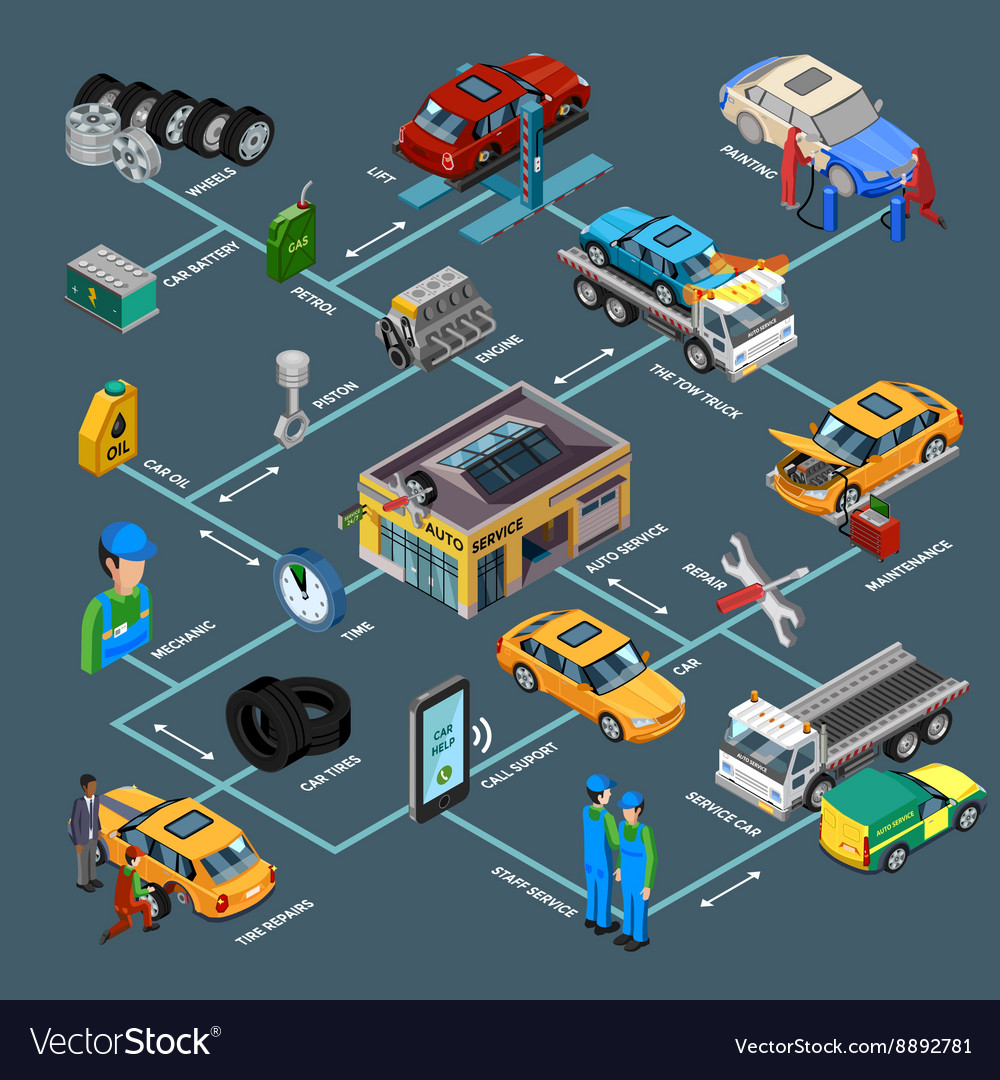Wondering Regarding The Meaning Behind Those Control Panel Warning Lights? Gain Insights Into Their Implications For Your Automobile'S Security And Maintenance
Wondering Regarding The Meaning Behind Those Control Panel Warning Lights? Gain Insights Into Their Implications For Your Automobile'S Security And Maintenance
Blog Article
Created By-Lim Corbett
When you're behind the wheel, those beautiful caution lights on your control panel can be a little bit difficult. Do you understand what they're attempting to inform you concerning your automobile's health and wellness? Comprehending https://www.autobodynews.com/index.php/midwestern/item/25265-valentine-auto-body-in-waterloo-il-changes-hands.html of these lights is vital for your security and the durability of your lorry. So, the following time one of those lights appears, wouldn't you intend to decode its message accurately and take the necessary actions to resolve it?
Common Caution Lighting and Interpretations
Recognize usual warning lights in your automobile and recognize their definitions to guarantee secure driving.
The most common warning lights include the check engine light, which indicates problems with the engine or exhausts system. If this light begins, it's critical to have your automobile examined without delay.
The oil pressure cautioning light indicates reduced oil stress, requiring prompt attention to avoid engine damages.
A blinking battery light could recommend a damaged billing system, possibly leaving you stranded otherwise resolved.
The tire stress surveillance system (TPMS) light alerts you to reduced tire stress, impacting car security and fuel efficiency. Overlooking this could bring about harmful driving problems.
The ABS light shows an issue with the anti-lock braking system, endangering your capacity to stop rapidly in emergency situations.
Finally, safeplacestosteamcleanincar alerting light warns of engine getting too hot, which can cause extreme damages if not dealt with swiftly.
Comprehending these usual caution lights will aid you deal with problems quickly and maintain secure driving problems.
Value of Prompt Focus
Comprehending the usual caution lights in your vehicle is only the very first step; the importance of promptly attending to these cautions can't be stressed enough to ensure your safety when traveling.
When a warning light brightens on your control panel, it's your auto's means of connecting a potential issue that requires attention. Overlooking these warnings can bring about much more extreme troubles down the road, compromising your safety and potentially costing you more in repairs.
Trigger attention to cautioning lights can stop breakdowns and crashes. As an example, a flashing check engine light might suggest a misfire that, if left unattended, can cause damage to the catalytic converter. Resolving https://oil-change-services51728.blogsidea.com/38437713/mobile-auto-describing-convenience-meets-high-quality-for-your-automobile without delay can save you from an expensive repair.
Similarly, a brake system alerting light might signify low brake fluid or worn brake pads, vital parts for your safety when driving.
Do It Yourself Troubleshooting Tips
If you see a caution light on your control panel, there are a few do it yourself repairing pointers you can try before looking for professional help.
The very first step is to consult your car's manual to recognize what the certain caution light indicates. Sometimes the problem can be as easy as a loosened gas cap triggering the check engine light. Tightening the gas cap might fix the trouble.
https://juliusnoicw.vblogetin.com/37750739/discover-how-green-auto-detailing-products-can-raise-your-automobile-s-shine-while-shielding-the-earth-discover-the-sustainable-choices-awaiting-you is a reduced battery, which can cause different warning lights. Examining the battery connections for corrosion and guaranteeing they're protected could fix the problem.
If a caution light lingers, you can try resetting it by separating the car's battery for a couple of mins and afterwards reconnecting it. Additionally, checking your car's liquid levels, such as oil, coolant, and brake fluid, can aid repair warning lights connected to these systems.
Verdict
In conclusion, recognizing your automobile's warning lights is vital for maintaining your car running smoothly and securely. By without delay addressing these signals and understanding what they mean, you can prevent expensive fixings and possible break downs.
Bear in mind to consult your automobile's handbook for certain information on each alerting light and act as necessary to make sure a hassle-free driving experience.
Keep educated, remain secure on the road!
